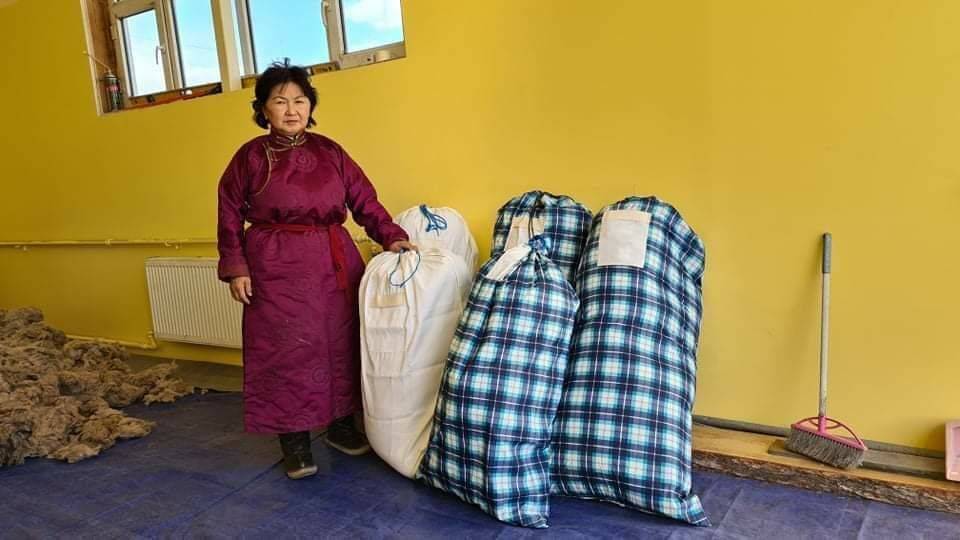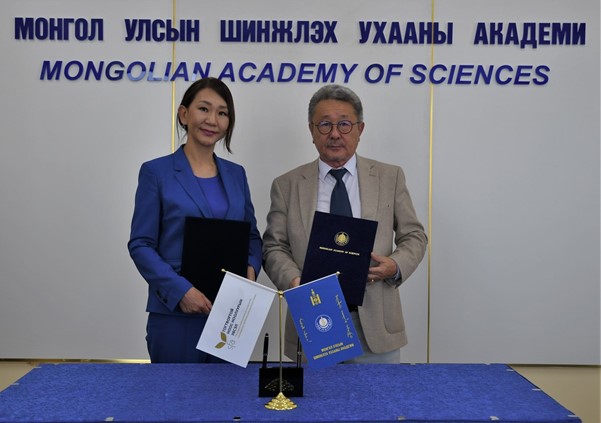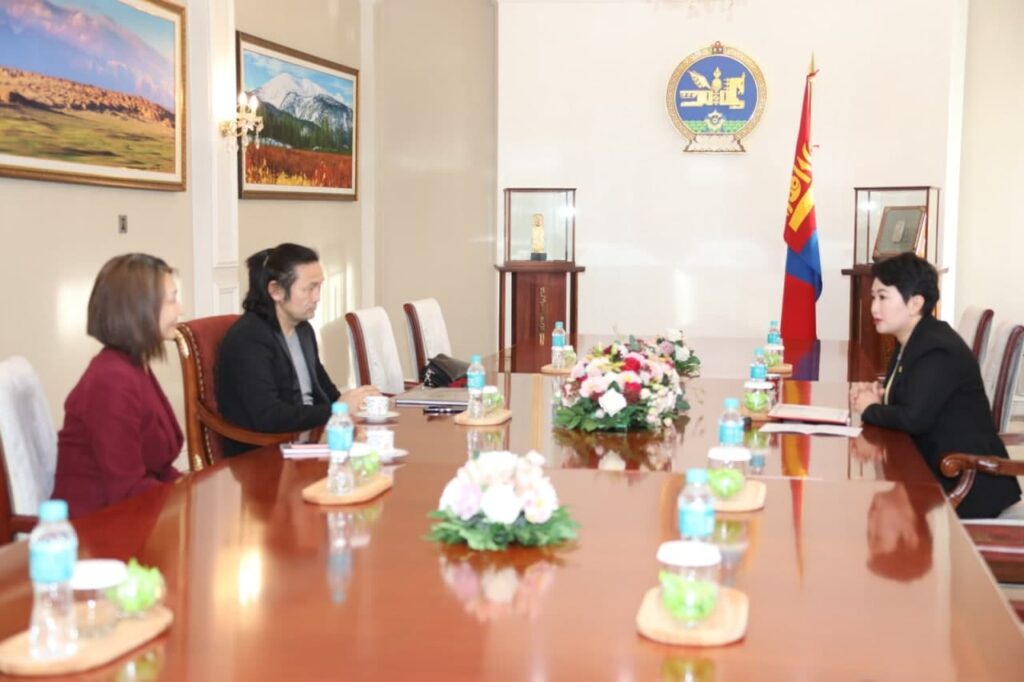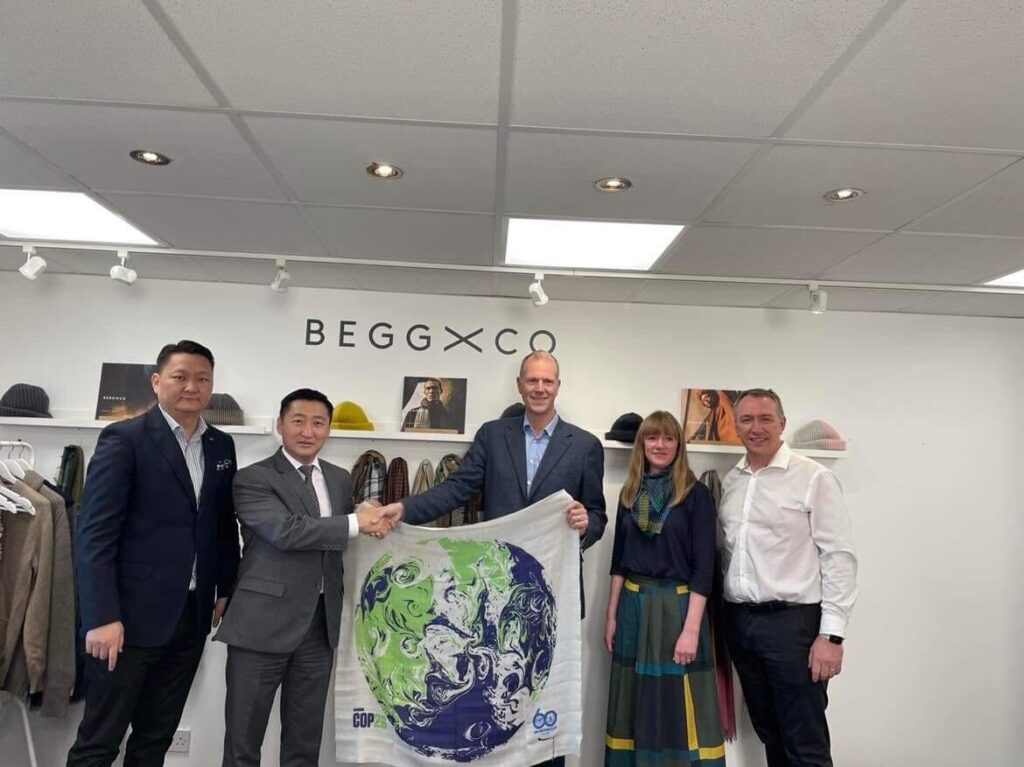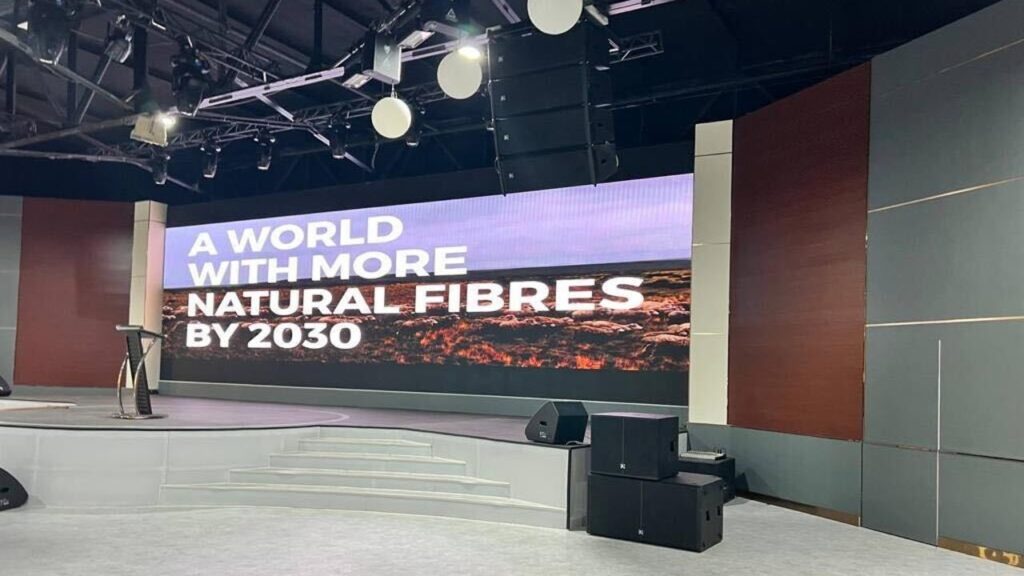It has been a busy and productive year for the Sustainable Fibre Alliance (SFA), and we are excited to share some of our main highlights with you.
First and foremost, we are pleased to report that we now have 59 members from 11 countries, not including producer groups. In 2022, we made intensive efforts to build capacity for a sustainable cashmere industry at all levels, including training on standard requirements, leadership training, strengthening cooperative management, business management training, and helping channel herder-led policy recommendations to the Mongolian government.
One of the biggest undertakings of the year was the restructuring of our standard system, which involved integrating our three herder level codes of practice into a single, overreaching global standard based on 5 principles for sustainable cashmere. This has helped to create a more cohesive and comprehensive approach to sustainability within the cashmere industry.
As of the end of the year, we have certified 93 herder organizations in Mongolia, covering over 10,000 herder households, as well as 15,000 farms in China. This accounts for over 6 million goats and 720 tonnes of certified raw fibre from Mongolia and 3,234 tonnes of certified raw fibre from China.
There were many other highlights from the year, including the separation of our assurance and certification arm, NEXUS Connect, from the SFA and its establishment as a new, independent organization. We also formed new partnerships with organizations like Natural Fibre Connect, the Mongolian Academy of Sciences, the University of Milan, and more. In addition, we partnered with Khan Bank to offer preferential green loans to certified herders, with 37 cooperatives being selected for green funding. This helps to reduce the burden of high interest rates and debt in herder communities.
The SFA co-founded the new Natural Fibre Connect conference and platform alongside the International Alpaca Association, Mohair South Africa, and Wool Connect. The first conference was held in September and welcomed 1,000 guests from 43 different countries and had an additional 10,000+ Mongolian herders tune in to the live stream. We had 80 speakers discussing 9 main themes and nearly 40 different workshops and demonstrations.
Finally, we have been involved in a number of research projects this year with partner organisations, including the world’s first Life Cycle Assessment of cashmere, a project promoting dryland sustainable landscapes and biodiversity conservation in the Eastern Steppe of Mongolia, and a project looking at the role of supplementary feed in winter risk mitigation in Mongolia.
As we look back on the year, we are proud of the progress we have made and are excited for the opportunities and challenges ahead. We hope you have a happy holiday season and look forward to continuing to work towards a more sustainable future for cashmere in the new year.
